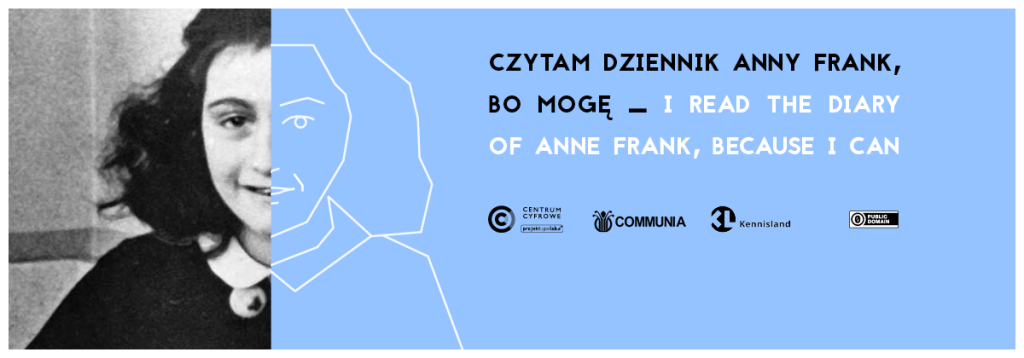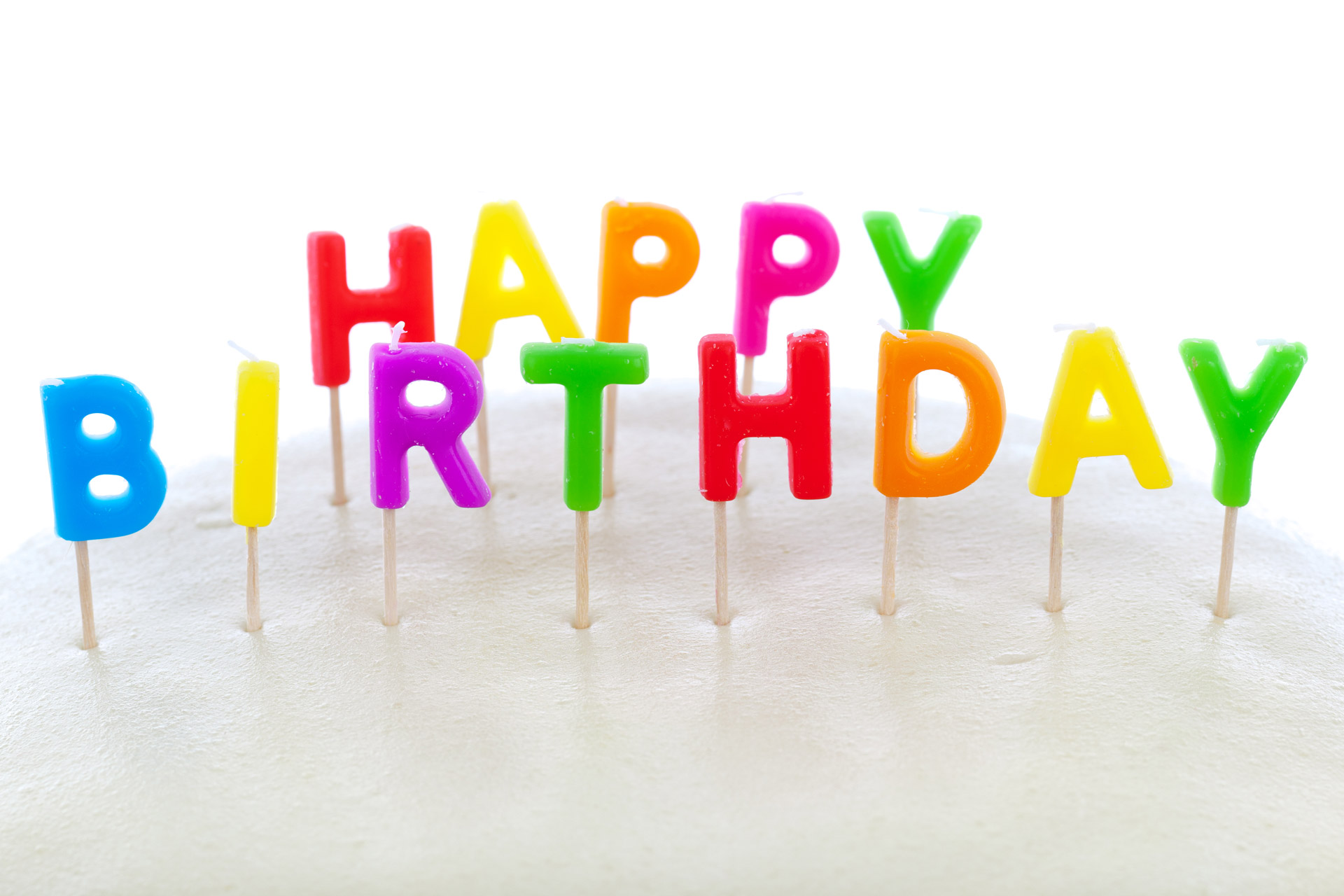Guest post by Founding Member David Hansen
Today we celebrate a new tool that will make it easier for libraries and archives to apply the important copyright doctrine of fair use to their collections containing orphan works, especially as they put those works online. I, along with research teams at American University and UC Berkeley, am pleased to announce the release of the Statement of Best Practices in Fair Use of Collections Containing Orphan Works for Libraries, Archives, and Other Memory Institutions.
The orphan works problem is one of the best examples of why the United States needs comprehensive copyright reform. Since the enactment of the Copyright Act of 1976, the U.S. has extended copyright protection, shrunken the public domain, increased the range of statutory damages, and, through the elimination of copyright formalities, made it easier than ever for copyrighted works to become irretrievably separated from their owners.
Because of those policies, orphan works—i.e., copyrighted works whose owners cannot be located—have become increasingly common, especially in collections of older works such as those held by libraries and archives and used by authors to do research and create new works.
Libraries, authors, and readers are unsure of what they can do with orphan works because they face a risk of liability should they use them only to have an unfindable owner reappear to file a lawsuit. Earlier this year Pamela Samuelson wrote on this blog about why orphan works are so important for authors, and why the Authors Alliance has made these issues a priority in its Principles and Proposals for Copyright Reform.
Although bad U.S. copyright policy has created this problem, many now recognize that one shining example of good U.S. copyright policy—the commitment to a strong and flexible fair use doctrine—can limit its effect. Fair use, as the U.S. Supreme Court has explained, “permits [and requires] courts to avoid rigid application of the copyright statute when, on occasion, it would stifle the very creativity which that law is designed to foster.” Among other things, fair use is what lets authors quote, excerpt, and even copy works for purposes of criticism, comment, parody, and other new “transformative” uses.
The Statement of Best Practices in Fair Use of Collections Containing Orphan Works for Libraries, Archives, and Other Memory Institutions helps put fair use to work by giving members of the library and archive community guidance about how to apply fair use to the digital preservation of, and provision of access to, special collections containing orphan works.
The Statement helps libraries and archives make uses that are supported by key fair use considerations: making uses that are transformative, using the work for a different purpose from the original, and making uses that minimize the likelihood of harm to the potential market for the work. The statement also focuses on making uses that are ethically grounded and in good faith, aspects of the fair use doctrine that librarians and archivists emphasized were important considerations for their community.
Libraries and archives have for long asserted fair use in making collections containing orphan works more available. Since the late 1990’s the Library of Congress has asserted fair use when providing digital access to orphan works in its American Memory collections. More recently, librarians and archivists have explained similar uses in their submissions to Copyright Office requests for information about orphan works. Scholars (notably, UC Berkeley’s Jennifer Urban) have also made the case for how fair use can help solve the orphan works problem.
The value in this Statement is that it documents and shares community thinking about best practices—emphasizing not just that fair use is an option, but how it can be applied most effectively within community norms. Best Practices like this have a good history of helping user communities make collective progress in asserting fair use. Communities of documentary film makers, research libraries, journalists, and so on have created similar highly-successful fair use best practices of their own.
This orphan works best practices Statement will benefit authors as well, in at least three ways.
For one, the principles that it articulates are can be used by authors in their own orphan works uses. To be sure, this Statement was created by and for librarians and archivists, but authors who have access to orphan works in their personal collections can draw from these guidelines as well to make orphans more available.
Second, the improved access to orphans works that libraries and archives will provide will facilitate research by authors who can then draw upon them in creating new works.
Third, improved access to these collections will help reconnect works formerly thought to be orphans to their owners. By putting works in a format that the public can use online, long-neglected works are more likely to be rediscovered, researched, and hopefully reunited with their authors. For “authors who write to be read” this is the best possible outcome.
Of course, the application of fair use to orphan works in libraries and archives, and the release of this Statement in particular, does not solve every aspect of the orphan works problem. Those who create commercial derivative works, for example—a translation or a documentary film—might need more assurance than fair use can provide regarding long-term use of orphan works even after an owner emerges.
Small tweaks to copyright law, such as limiting the types of remedies (including injunctive relief) that are available after an individual conducts a reasonably diligent search, and new recording requirements designed to prevent works from becoming orphans in the first place, might be appropriate. Members of the UC Berkeley Digital Copyright Project Team, of which I am a member, have proposed just such reforms in comments to the Copyright Office and in a recent article published in the Columbia Journal of Law & the Arts titled Solving the Orphan Works Problem for the United States.
Still, this Statement represents a positive development in enhancing access to library and archive collections that authors rely upon to create new works and to preserve and disseminate their own works to new readers.


